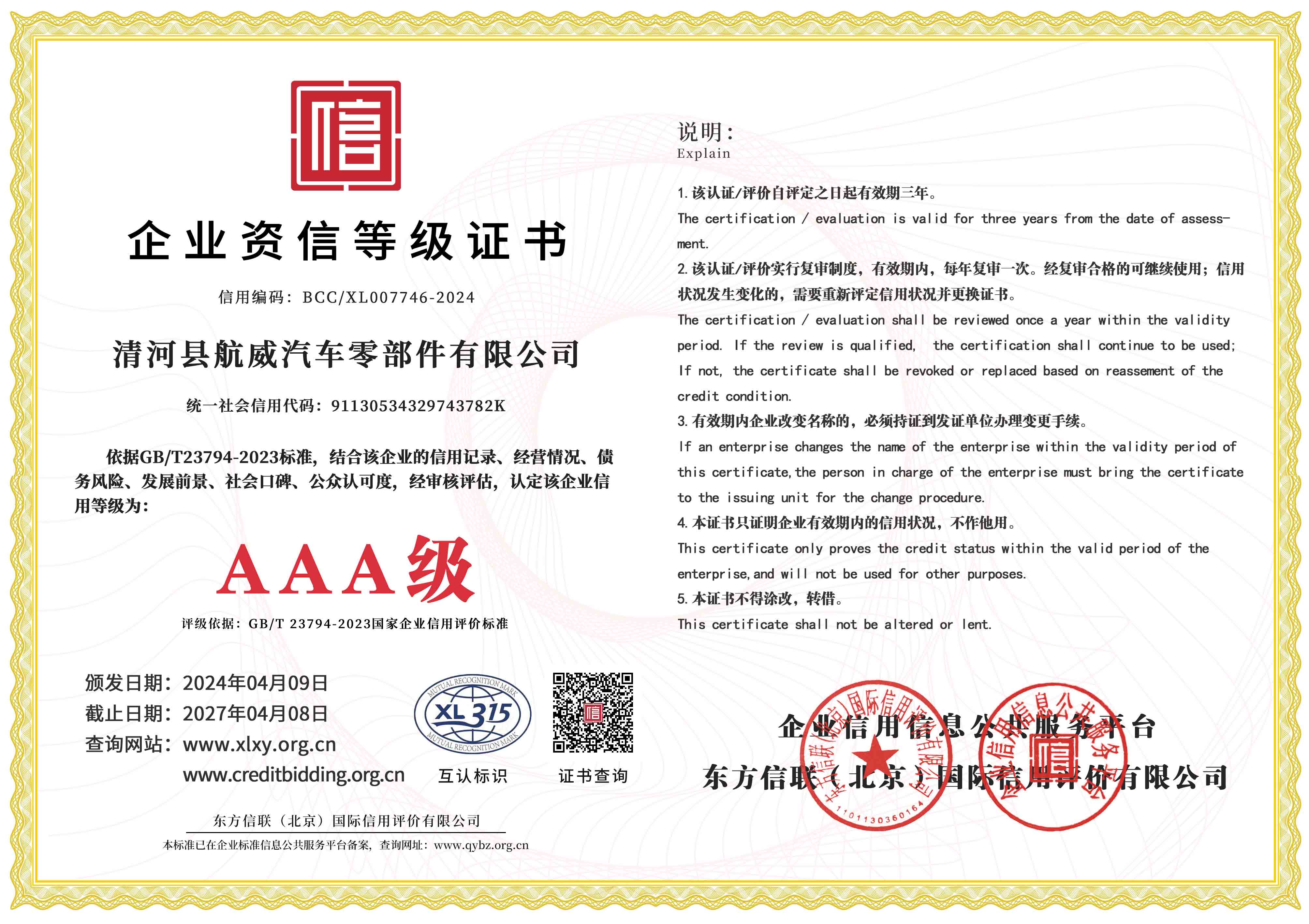accelerator cable
Understanding Accelerator Cables Function, Importance, and Maintenance
An accelerator cable is a critical component in vehicles, linking the accelerator pedal to the throttle body of the engine. This simple yet essential part plays a significant role in determining how a vehicle responds to the driver’s commands. As the accelerator pedal is pressed, the cable pulls on the throttle linkage, allowing air and fuel to enter the engine, ultimately affecting the vehicle's speed and performance.
Function of the Accelerator Cable
The primary function of the accelerator cable is to transmit the driver's intent for acceleration. When the driver depresses the pedal, the cable is engaged, which pulls on the throttle body to open the air intake. This process allows for a greater amount of air to mix with the fuel before entering the combustion chamber, providing the necessary power for acceleration. In modern vehicles, some models utilize electronic throttle control systems, which rely on sensors and actuators rather than a physical cable. However, many older vehicles and certain contemporary models still employ the traditional cable system, making it essential in many applications.
Importance in Vehicle Performance
The accelerator cable is pivotal for performance and drivability. A well-functioning cable ensures smooth acceleration, providing the driver with a responsive feel. If the cable becomes frayed, stretched, or damaged in any way, it can lead to a sluggish response or even complete failure to accelerate, posing significant safety risks. For instance, a stuck accelerator cable can result in uncontrolled speeding, making it crucial for drivers to be aware of their vehicle’s performance and address any irregularities immediately.
accelerator cable

Signs of Wear and Maintenance
Regular maintenance of the accelerator cable is vital for safe operation. Simple visual inspections can help identify wear. Drivers should look for signs of fraying, kinking, or corrosion, especially at the connection points. It’s also advisable to periodically check the cable's adjustment, as improper tension can affect how the throttle responds.
In cases where performance issues arise, such as difficulty in accelerating or a delay in throttle response, these can often be traced back to the accelerator cable. If problems persist after checking for obvious issues, a replacement may be necessary. Fortunately, replacing an accelerator cable is typically a straightforward procedure that can be performed by a knowledgeable DIY mechanic or at a local garage.
Conclusion
In summary, the accelerator cable may seem like a simple piece of machinery, but its importance cannot be overstated. It serves as a direct link between the driver’s commands and the vehicle's engine response, significantly impacting performance and safety. Therefore, regular inspection and maintenance of the accelerator cable are essential practices for any vehicle owner. By understanding and caring for this critical component, drivers can ensure their vehicles operate smoothly and efficiently, enhancing their overall driving experience.
-
Workings of Clutch Pipe and Hose SystemsNewsJun.04,2025
-
The Inner Workings of Hand Brake Cable SystemsNewsJun.04,2025
-
The Secrets of Throttle and Accelerator CablesNewsJun.04,2025
-
The Hidden Lifeline of Your Transmission Gear Shift CablesNewsJun.04,2025
-
Demystifying Gear Cables and Shift LinkagesNewsJun.04,2025
-
Decoding Clutch Line Systems A Comprehensive GuideNewsJun.04,2025
